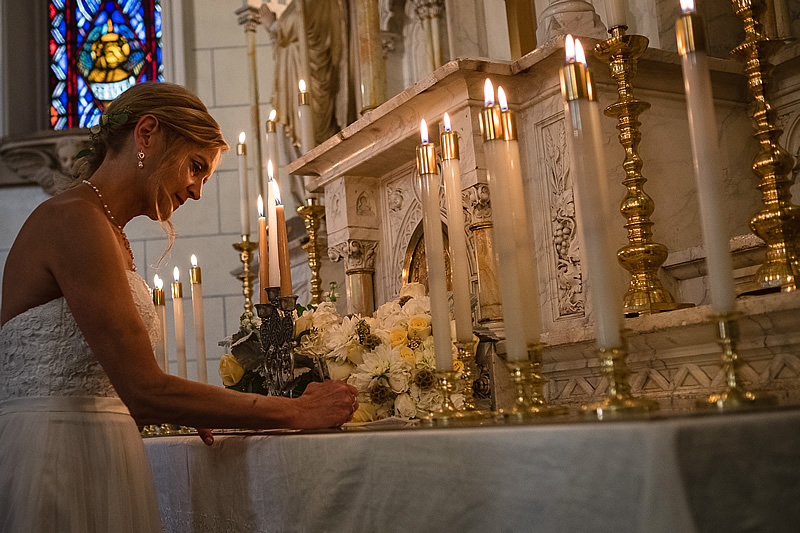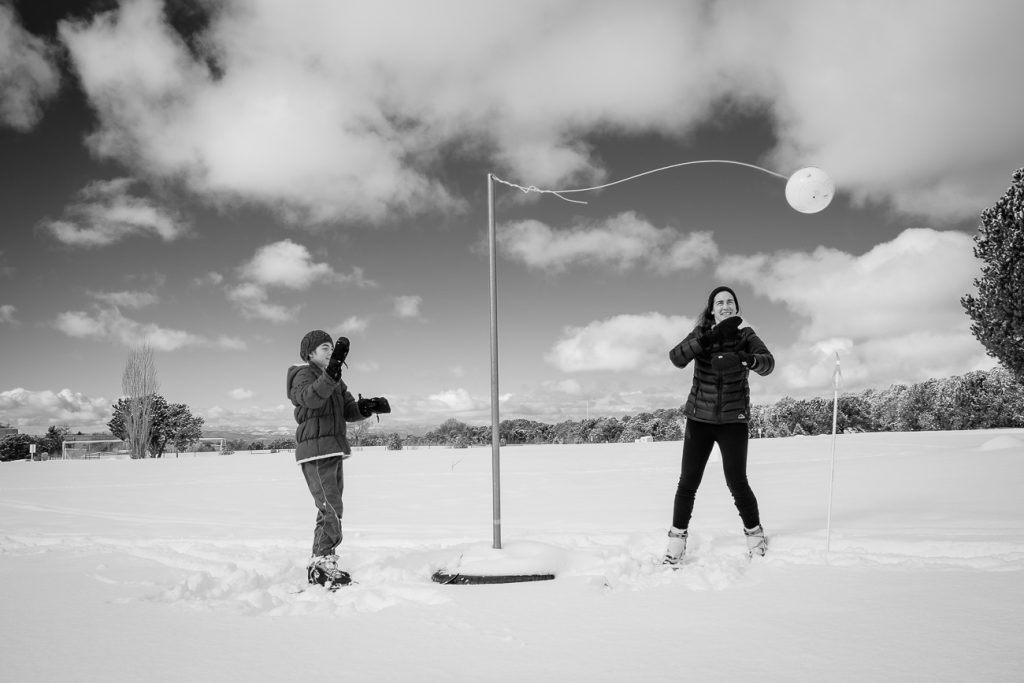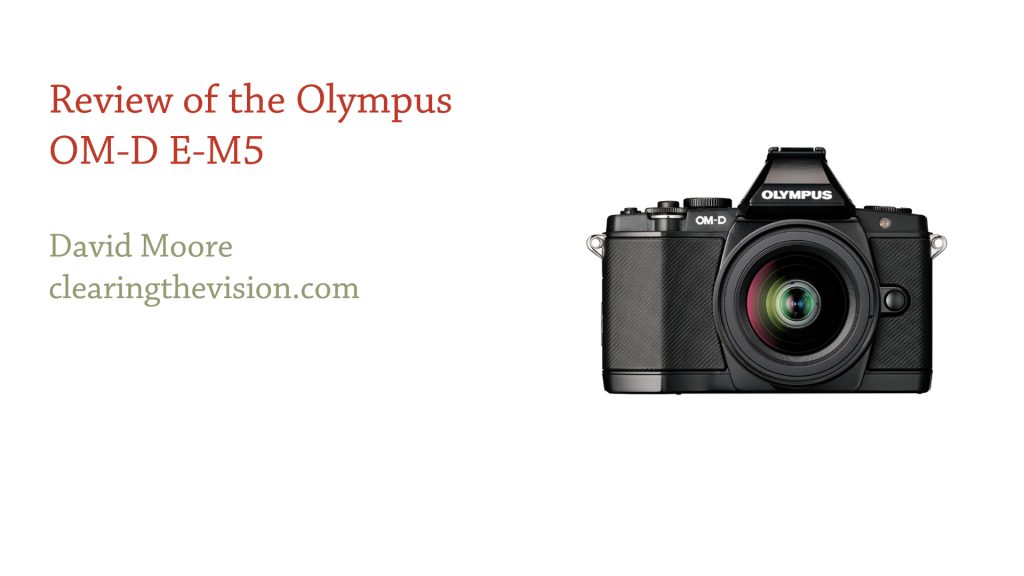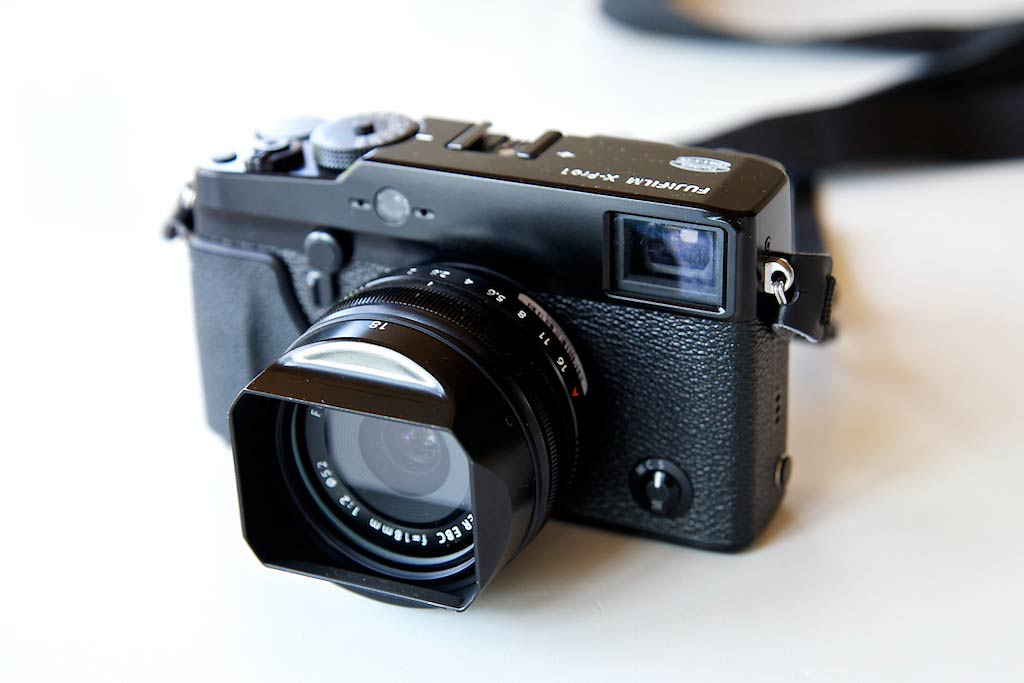As 2016 turns into 2017 the Clearing the Vision blog was shocked to learn that its creator David Moore is still alive. Despite the lack of blog posts in nearly 3 (that’s three) years, it turns out he’s been living in Santa Fe all along, but just hasn’t blogged once. And not only living, he’s actually been doing a reasonable amount of photography he just hasn’t got round to writing about.
It’s true, folks. A full-time job as Communications Director at the building sector climate change think tank Architecture 2030 has been taking up a lot of my time. The good news is that I’ve still been taking photos – independently and for clients – so now I’m back on the blog at least this once, I’ll try and clear the backlog of news and views.
A quick summary goes something like this:
Photographing a whole school:
When the previous photographer proved to be a bit creepy and not that great, my daughter’s school asked me if I could shoot all the school portraits and group class photos for them. I’ve loved doing it, and this fall finished my third year photographing over 150 great kids from pre-K through 6th grade.
Shooting wedding number 2:
As a wedding gift for good friends of mine, I shot my second wedding recently and really enjoyed it. The documentary-style shooting I prefer went down very well, and with so much real emotion on display (and everyone looking good all dressed up), it was a real privilege to be able to capture those moments.
Family portrait sessions:
The day job keeps me pretty busy, but I still take commissions for family portraits every now and again – mainly from repeat clients and/or friends. One family I’ve photographed several times have six children, including triplet 1st grade boys, and while that might sound nightmarish, I actually really enjoy the challenge, and checking in with the kids every year.
My own personal work:
Some things never change, and I still, of course, photograph my daughter and the things we get up to as a family. As she’s grown, the feel has changed a little bit, but she still tolerates me and I’ve enjoyed trying my hand at sports photography as soccer/football has become more and more important to her. And a camera’s never too far away when we’re traveling, so I’ve shot in in Croatia, Italy, France, England, Canada, Denver, Pittsburgh, Los Angeles and other assorted destinations.
Full-on Fuji:
I’m back to full-blown Fuji-ness now. As my previous post suggested, the Fuji XT-1 was finally the flexible, capable and badass camera I was looking for from Fuji, and I’ve been a happy owner for quite a while.
The XE-1 I still use a backup, but it’s showing its age now. For the wedding I shot, I rented an XT-2 which was just great. I’m saving my pennies for one, but since I’m not a working pro very often any more, I have to weigh my purchases very carefully. The 56mm f/1.2 lens is a portrait shooter’s dream, and the 23mm f/1.4 spends a lot of time on the camera too.
So that’s the briefest update. I’d like to think I’ll expand on those points with their own post (or posts) in the future, but on the basis that imperfect action is better than perfect inaction I want to get this post up as soon as I can at least.
Hope you’re all doing well.













